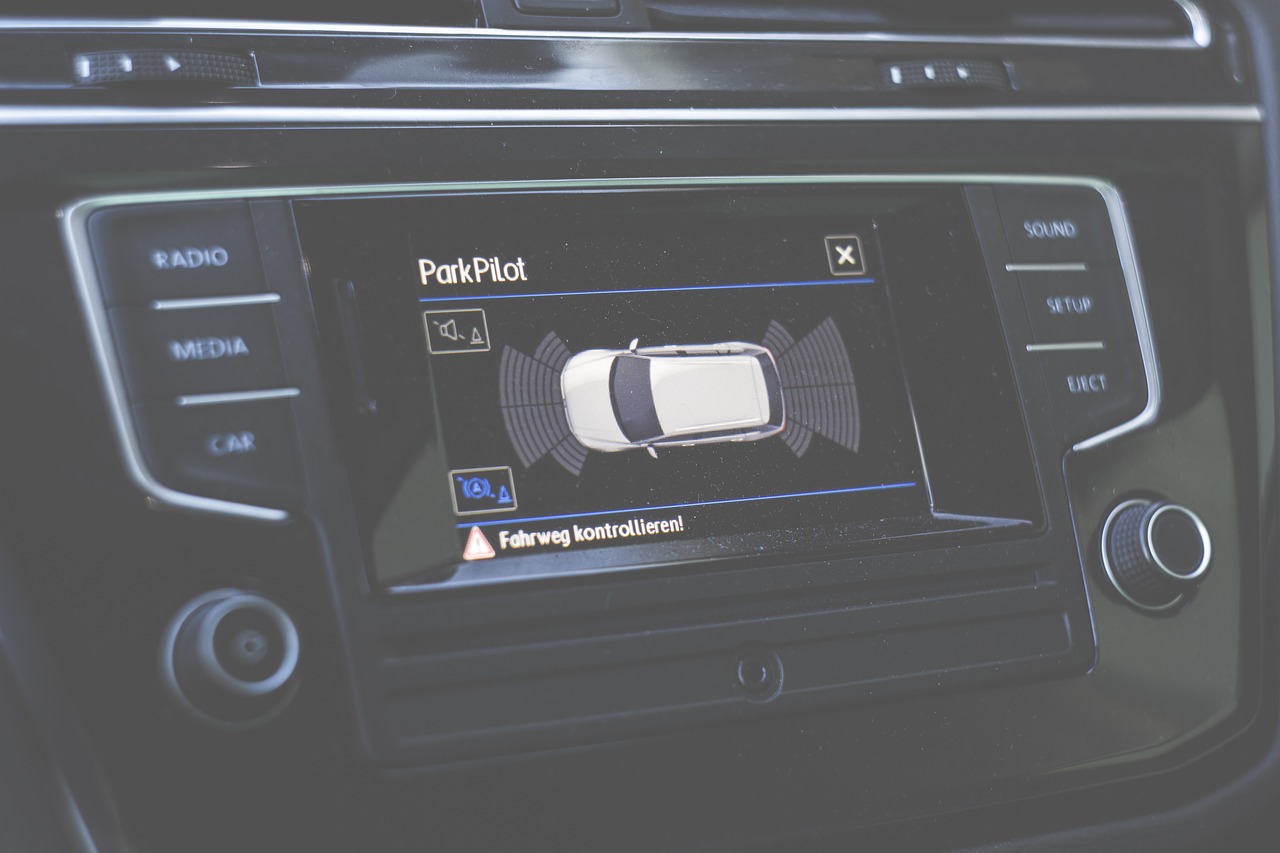Most people don’t think of their vehicle as a computer since that isn’t its primary function. However, modern vehicles can have dozens of microprocessors that help control various functions. On most cars, the most powerful of these is the engine control unit (ECU), which fine-tunes how the vehicle runs.
The use of ECUs relates to emissions laws: among other functions, these processors control the ratio of air to fuel in the engine to optimize how much pollution is removed from the exhaust by the catalytic converter. ECUs employ closed-loop control, which means that outputs are monitored through a host of different sensors and these readings control the inputs. By changing the inputs, ECUs control the car’s fuel economy, emissions, and several other aspects of its performance.
The ECU collects an incredible amount of information, from the amount of oxygen in the exhaust to the temperature of the coolant. Using this data, the computer performs millions of calculations each second. These calculations then change processes like how much fuel is released into the engine combustion chamber and the length of time a fuel injector stays open. Overall, the ECU has the goal of minimizing emissions and optimizing fuel efficiency.
To complete this task, the modern ECU usually has a 40-megahertz processor. While this is much smaller than the CPU for a desktop computer, the code that an ECU runs is very efficient. Overall, the code takes up less than a megabyte of memory, which is about 2,000 times smaller than the average operating system for a personal computer.
Providing Better Diagnostics of Engine Problems
One of the benefits of having an ECU on vehicles is the advanced diagnostics this computer provides. Since the computer is constantly collecting information from sensors, it can store numbers outside of the expected range and report them with the help of an off-board diagnostic tool. Often, these faults will make an indicator light up on your dashboard if they continue to occur, or if the problem is potentially dangerous. Reading the ECU output makes it much easier for mechanics to diagnose a problem than it was before these computers were invented. This information is particularly useful for diagnosing intermittent problems because the issue does not have to be occurring when you bring your vehicle to the shop.
Some vehicles have certain tricks for reading this information. For example, you might be able to have the “check engine” light flash in a certain pattern to indicate the number of fault codes present. Your vehicle’s manual will have more information about this sort of troubleshooting, which can be helpful when deciding whether a professional mechanic is necessary. With touch display screens now more common in vehicles, these diagnostics will likely become even more advanced in years to come.
Facilitating Simpler Manufacturing of Modern Vehicles
Another benefit of adding computers to modern vehicles has to do with manufacturing. Because the ECU facilitates connectivity among the many systems in a vehicle, it is much easier to build several parts, including the instrument cluster. This cluster gathers information and displays it for the driver. Most of the information on the cluster, such as engine speed and temperature, is used by other modules in the car. With the ECU, it is possible for the instrument panel to collect this information from the various modules using it rather than needing a direct source of information. In other words, there no longer needs to be wires that signal things like engine speed. Instead, the instrument cluster simply reads this information directly from the ECU. The instrument panel can then be assembled without worrying about how these various parts will connect.
Onboard computers also make it simpler to wire other devices throughout the vehicle. Since modern vehicles can have an overwhelming array of features available to the driver, wiring would get extremely complicated without some help from computers. In older vehicles, manual wires run from each switch directly to the devices they power. However, with microprocessors, it is possible to multiplex. With multiplexing, a microprocessor consolidates the various inputs and outputs for a specific location in the car. For example, a single microprocessor in the door can handle controls for windows, locks, mirrors, and seats without needing a thick bundle of wires.
Improving the Safety of Cars with New Systems
Modern vehicles have many systems designed to improve safety, from airbags to anti-lock brakes. Many cars also now have stability control and traction control. With each of these systems, a new module is needed to collect and communicate information with the ECU and other systems. Each new system in a vehicle makes it necessary to collect and communicate more data. Often, these systems each have their own microprocessor or multiple microprocessors to help collect, interpret, and share information.
Because of the large amount of energy required by these systems, carmakers are moving away from 14-volt batteries and toward 42-volt options, which will provide all the power necessary to keep the systems running. So, while computers have a number of advantages and enable vehicles to run much more efficiently than they did in the past, they also demand more power.
